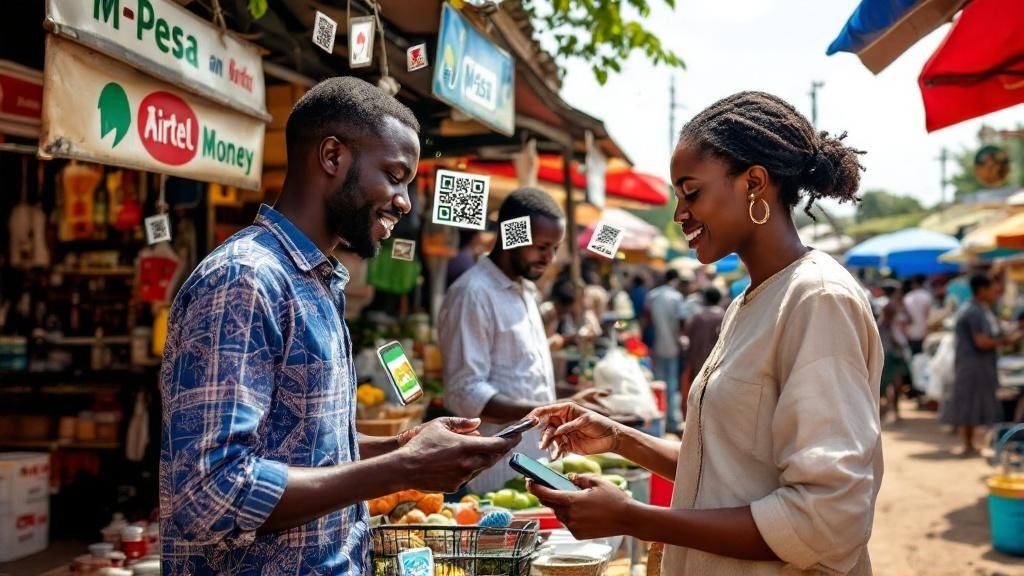In a world rapidly shifting toward cashless payments, digital wallets have become a daily convenience for millions. But with that convenience comes risk. Just like physical wallets can be stolen, digital wallets are vulnerable to fraud, hacking, and identity theft.
This blog will walk you through proven tools and tactics for digital wallet fraud prevention—from basic tips to advanced security measures, so you can shop, transfer, and pay with peace of mind.
🔐 What Is Digital Wallet Fraud?
Digital wallet fraud refers to unauthorized access, use, or manipulation of your mobile wallet or online payment platforms. It often involves:
Phishing attacks disguised as genuine payment requests
Malware targeting your mobile apps
Stolen credentials from weak passwords
Exploiting mobile app vulnerabilities
Fake apps that mimic real wallets
Whether you use Google Pay, PhonePe, Apple Pay, Paytm, or any other e-wallet, knowing how to secure your digital wallet is crucial.
✅ Why Digital Wallet Fraud Prevention Matters
With digital payments soaring globally, cybercriminals are more active than ever. A single compromised wallet could give hackers access to:
Bank account details
Credit card information
Personal identity data
Your entire transaction history
Implementing fraud prevention isn’t just smart—it’s essential.
🛡️ H2: Top Tools for Digital Wallet Fraud Prevention
🔍 1. Multi-Factor Authentication (MFA)
One password isn’t enough anymore. Enabling multi-factor authentication adds extra layers of security.
Examples of MFA include:
One-time passwords (OTP) via SMS
Authenticator apps like Google Authenticator
Biometric authentication (fingerprint, face recognition)
🧪 2. Fraud Analytics Tools
Banks and fintech apps use AI-powered fraud analytics tools to detect suspicious activity. These tools analyze:
User behavior patterns
Transaction timing and locations
Unusual device access
While most of this happens in the background, users can benefit by enabling transaction monitoring systems or alerts for each payment.
🔒 3. Tokenization in Payments
Tokenization replaces your card number with a random token during a transaction, protecting your real data. This is especially effective for:
In-app purchases
Online checkouts
Tap-to-pay terminals
Popular wallets like Apple Pay and Google Pay use this system automatically.
🧰 H2: Best Tactics for Digital Wallet Security
🔐 1. Use Strong, Unique Passwords
Avoid birthdays, pet names, or “123456”. Use a combination of:
Capital letters
Numbers
Symbols
Password managers like LastPass or 1Password can help you generate and store them securely.
🧠 2. Enable Biometric Authentication
Most digital wallets support biometric logins like fingerprint or face recognition. They’re harder to fake and far more secure than PINs.
⚠️ 3. Stay Alert for Phishing Attacks
Never click on payment links from unknown numbers or emails. Legitimate companies will never ask for:
Your full OTP
PIN or passwords
Sensitive personal details over chat or SMS
📲 4. Download Only Official Apps
To avoid mobile wallet fraud, always download apps from:
Google Play Store
Apple App Store
Check reviews, permissions, and number of downloads before installing.
📉 5. Monitor Transactions Regularly
Check your e-wallet balance and transaction history at least once a week. If you spot anything unfamiliar, report it immediately.
📱 H2: Mobile Wallet Fraud Protection: Real-Life Tips
Here are some practical, real-world strategies to help protect your money on the go:
🧾 Keep Receipts and Screenshots
Always take a screenshot of successful transactions. If fraud happens, these act as proof.
🚫 Avoid Public Wi-Fi
Cyber threats often originate on open Wi-Fi networks. Avoid doing financial transactions on unsecured or public networks.
🔄 Auto Logout Settings
Set your wallet app to log out automatically after inactivity. This prevents unauthorized access if your phone is stolen.
🧬 H2: Advanced Digital Wallet Security Measures
📊 Real-Time Transaction Monitoring Systems
Many modern wallets now offer push notifications for each payment. Activate them to track:
Unauthorized payments
Double charges
Failed transactions
🔍 Digital Wallet Authentication Methods
Beyond passwords and biometrics, some wallets offer:
Device fingerprinting
Geolocation verification
Behavioral biometrics
These methods track how you hold, swipe, or type—and flag unusual activity.
🛡️ Secure Online Wallet Transactions
For added protection:
Use VPNs while on mobile networks
Avoid saving card details in apps
Always check the https:// prefix before entering payment data
🧩 H2: How to Secure Digital Wallets in Case of Theft or Loss
If your phone is lost or stolen:
Immediately log into your wallet from another device and block access
Call your bank or wallet support to freeze linked accounts
Use your mobile provider’s tools to lock or wipe your device remotely
Report the incident to local authorities and file a digital fraud complaint if needed
📘 H2: FAQs on Digital Wallet Fraud Prevention
❓1. How can I protect my mobile wallet from fraud?
Use MFA, biometrics, download only official apps, and monitor transactions regularly. Never share OTPs or passwords with anyone.
❓2. Are digital wallets safer than physical wallets?
They can be—if secured properly. Digital wallets offer encryption, tokenization, and alerts which traditional wallets can’t. But both can be stolen if not protected.
❓3. What should I do if I suspect fraud in my digital wallet?
Immediately contact your wallet provider, freeze the account, change your credentials, and inform your bank. Also consider filing a complaint with your local cyber cell.
❓4. What are the most common digital wallet fraud methods?
Phishing attacks
Fake wallet apps
SIM card swaps
Malware attacks
Weak or reused passwords
❓5. How can tokenization in payments prevent fraud?
Tokenization hides your real card number during a transaction, replacing it with a temporary token. Even if stolen, the token is useless to hackers.
❓6. Is biometric authentication enough to secure my wallet?
Biometrics are strong but best used with other methods like MFA and strong passwords for complete protection.
❓7. What are digital wallet security best practices for daily users?
Use secure app versions
Enable multi-factor logins
Avoid using public Wi-Fi
Turn on real-time alerts
Review your wallet activity weekly
🔚 Conclusion: Stay Smart, Stay Secure
Digital wallet fraud prevention isn’t just about technology—it’s about being aware, alert, and proactive. With rising cybercrime, users must take ownership of their financial safety.
By applying the tools and tactics discussed—from biometric logins and MFA to tokenization and transaction monitoring systems—you can enjoy all the benefits of digital payments without falling victim to fraud.
Start by reviewing your current mobile wallet settings today. A few tweaks now can save you from major losses tomorrow.
🧠 Quick Summary
| Key Tips | What to Do |
|---|---|
| MFA & Biometrics | Add extra login layers |
| Secure Apps | Download only from official stores |
| Tokenization | Use wallets with this feature |
| Monitor Transactions | Weekly checkups are vital |
| Avoid Public Wi-Fi | Use VPNs for safety |








Comments (0)